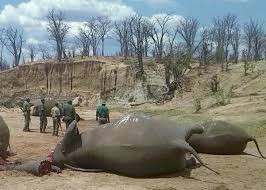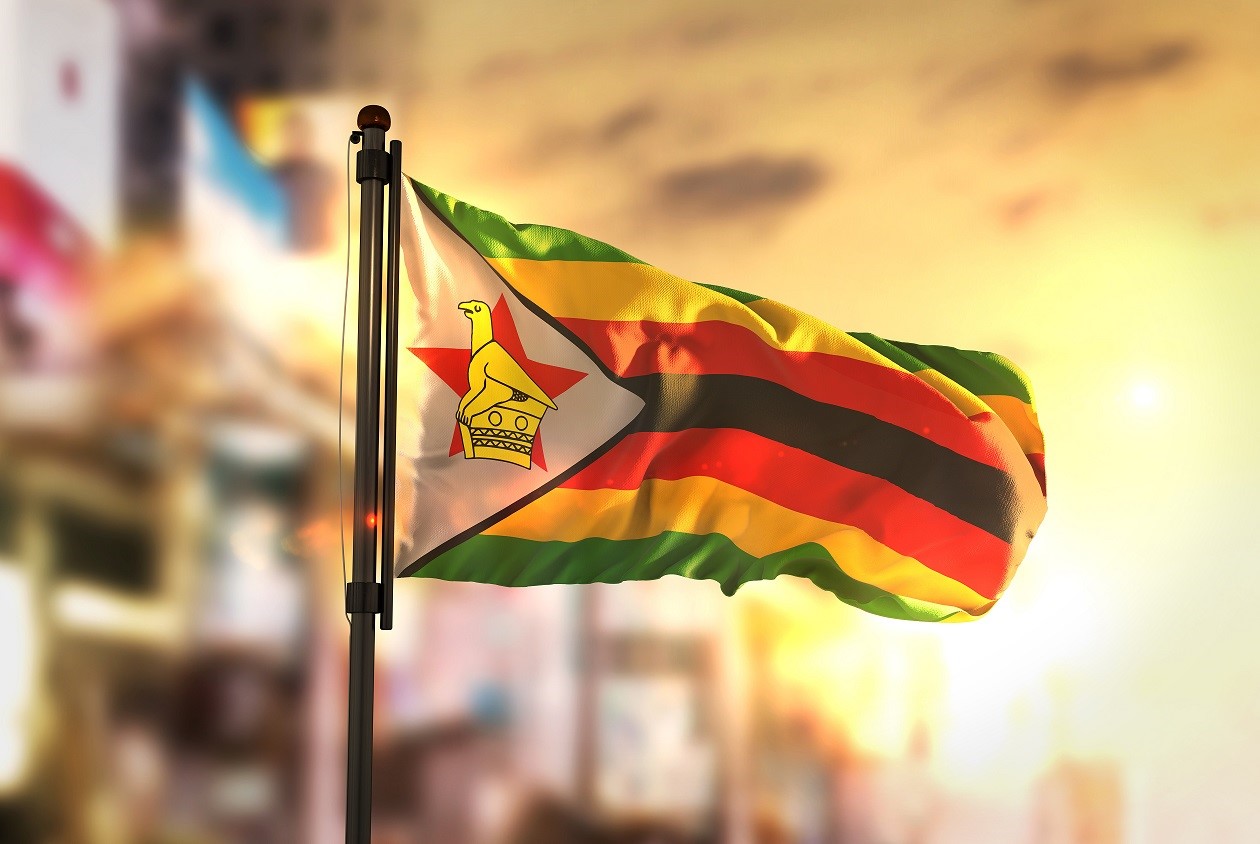
THIS year’s rainfall has been better. In fact, it has been the best in decades for Bulawayo that is in an ideal world, this phenomena should result in the price of mealies dropping to about a rand a cob.
Before we hair up the farmers from Zambezi to Limpopo I will focus on the main issue which is water. To borrow from Coleridge’s poem: “water, water, everywhere, not any drop to drink”.
Water is by far the most common substance on earth and is literally vital because without it life could not exist. In a natural water cycle, rainwater falls from the clouds on to the land, nourishes life, runs through rivers to the salty seas and evaporates back into the clouds.
This makes water extremely renewable. However, scientists argue that 97% of the total water is sea water — unfit for human consumption— while 2% of fresh water is locked up in glaciers or ice and snow around the poles leaving only 1% of the entire world’s water available for our consumption.
Today, over a billion people in developing countries have no access to clean water, over the years water has not only become a subject of international politics, it has also been a proximate cause for wars.
As evidence by the belief of some historians, water has played a critical role in the Arab-Israel conflict.
The increase in income and population have inevitably been attributed to the growth in water consumption resulting in shortages and even to wars. Critics claim that the world is fast running out of water and extravagant domestic use is to blame.
Researchers, however, are quick to dismiss this claim.
- Chamisa under fire over US$120K donation
- Mavhunga puts DeMbare into Chibuku quarterfinals
- Pension funds bet on Cabora Bassa oilfields
- Councils defy govt fire tender directive
Keep Reading
They believe the world is not running out of water. The 1% of water available on earth is enough for all of us, so they say. According to their study, the natural cycle perpetually renews water and also, the growth in water consumption does not seem correlated with growth in gross domestic product and population.
If there is enough water for all mankind, then what causes the impediment?
The major obstacle stands in the way of water delivery to people, Gerard Mostallet of suez the world’s biggest water company was found saying: “God provided the water, but not the pipes.” Water delivery and treatment are highly capital intensive businesses.
Wherever that capital investment comes from, somebody has to pay for it; if not users, then taxpayers or aid donors.
Presently over 90% of the world’s water is delivered by publicly owned bodies. According to the 2000 report compiled by a group under the auspices of the World Water Council and the Global Water Partnership, the investment in water in poor counties ran at about $75 to $80 billion a year and they recommended the above to be upped to $180 billion.
make matters worse, as much as 60% of the world’s illness is water-related.
This led to Michel Comdessus the former managing director of international monetary funds projecting by 2025 and the best way of doing this is to treat water as any other business.
In the 1990s the world bank espoused the view that water delivery stations should be surrendered to private companies because many public utilities had proved themselves incapable of performing this feat satisfactory.
However, it is important to ensure that preservation should not mean private suppliers are here to conduct their business as they wish. Water supply is a natural local monopoly; therefore privatisation requires a strong and permanent public regulator. Privatisation is a misnomer.
The water remains under government control, tariffs and services remain tight regulators and assets such as pipes, sewers and public stations can be transferred to a private company which could be given an operating licence of no more than 25 years.
The public and private sector partnership can be an effective method of forcing reform on bloated and corrupt municipal activities and it also offers a way to harness private sector expertise for water and sanitary in rural and small towns.
The reluctance of the private sector to invest in water stems largely from what they term a willful refusal (by governments) to treat water as an economic good.
Subject to the laws of supply and demand, water the stuff of life ought to be the most precious of all gifts, but is colossally under priced.
They argue that when more investment, public or private, is needed to improve water access and sanitation, low prices provide insufficient income to help repay the captain costs.
This does not rule out subsidies for poor customers, but they have to be better targeted for example in Chile, poor people a given water stamps to afford their bills, or the South African government which provides basic minimum quality of water, or free imposing higher charges for greater consumption is another option.
Proper pricing and the encouragement of water trading are far more important than the topics that feature most often in international meetings.
Privatisation does not entail selling a country’s water, supply to a private company, a more accurate term is public/private partnership in which a private company signs a contract with a government agency to supply services water delivery, waste water treatment, sewerage or construction work.
The private contractor will always have to be closely regulated over such prices, quality and service delivery — subject to these safe guards — it makes sense for governments to use the private sector especially in places where public sector providing has fallen short.










